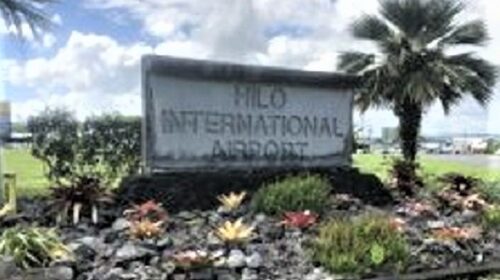Trace levels of contaminants in 2 Halawa Heights Wells
Trace levels of the chemicals Perfluorooctanoic acid (PFOA) and Perfluorohexanesulfonic acid (PFHxS) were recently detected in multiple water samples collected at the Honolulu Board of Water Supply’s Halawa Wells Pumping Station in the Honolulu-Windward-Pearl Harbor water system, but the Environmental Health Department says the water is safe to drink. The Halawa Wells Pumping Station serves water to the lower Halawa Heights area between Iwaiwa Street and Aliipoe Drive.
The PFOA level in a sample collected at the Halawa Wells Pump 1 & 2 chlorinator was confirmed to be 0.0020 micrograms per liter or parts per billion (ppb), and the trace level of PFHxS was confirmed at 0.0026 ppb. These levels are well below the Hawaii Department of Health interim draft drinking water action levels of 0.04 ppb and 0.019 ppb, respectively.
“The trace levels of these chemicals are so small that they do not pose a public health threat, and the water from these wells is safe to drink,” said Keith Kawaoka, Deputy Director for Environmental Health. “The Department of Health will continue to work together with the Honolulu Board of Water Supply to ensure tests for these chemicals continue on a regular basis. Such testing is conducted to ensure that everyone’s water is safe and public health is not compromised.”
According to the EPA, perfluoroalkyl substances are fluorinated organic chemicals that have been used extensively in consumer products such as carpets, clothing, fabrics for furniture, paper packaging for food, and other materials (for example, cookware) designed to be waterproof, stain-resistant or non-stick. They have been used in fire-retarding foam and can be found in food packaging, consumer products, house dust, and drinking water.
The Honolulu Board of Water Supply has been sampling their wells in advance of EPA-required monitoring for perfluoroalkyl substances that is expected to be required in 2023. To date, the Honolulu-Windward-Pearl Harbor water system continues to be in full compliance with all federal and state standards for drinking water.




